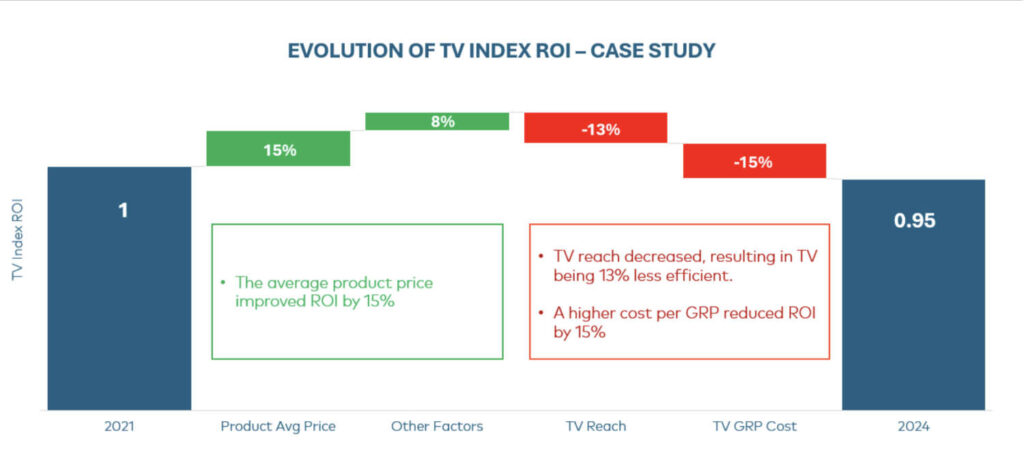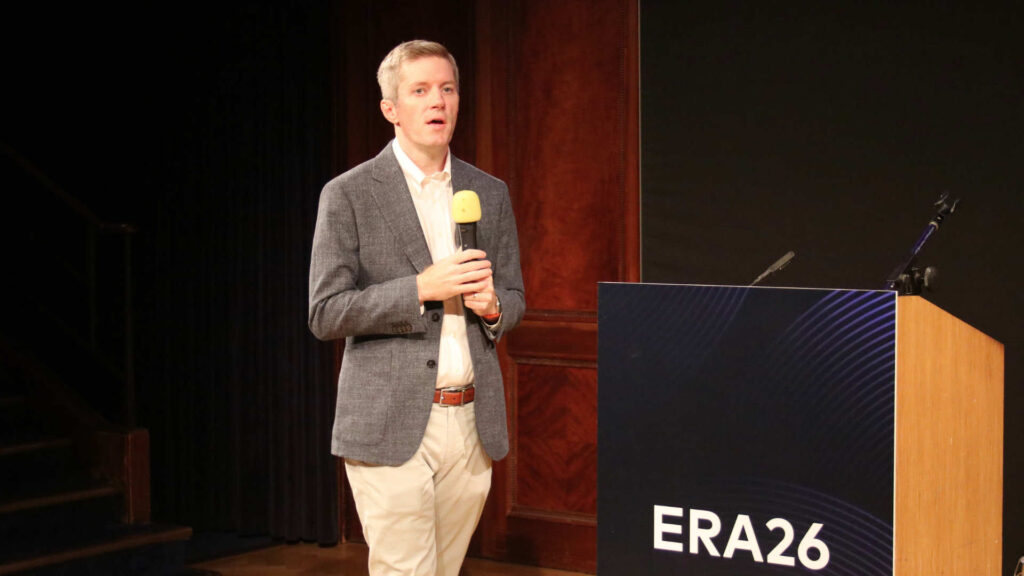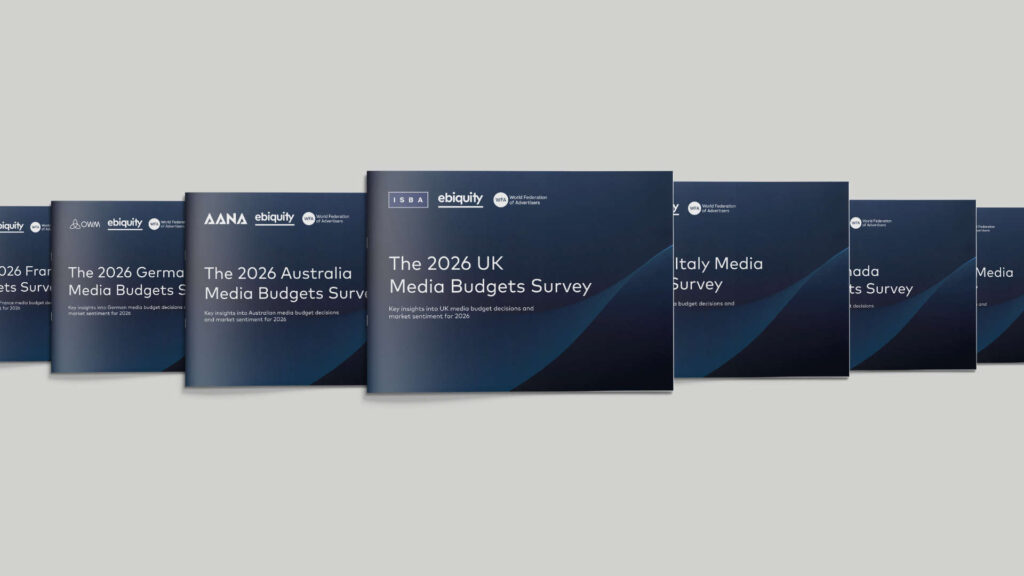Some evidence from the Spanish market
Welcome to the wheelhouse, where we discuss critical topics for marketers who want to maximise advertising effectiveness.
In this latest edition, Laura Lozano Barreiro, Principal Consultant Analytics at Ebiquity Iberia, examines the evolving landscape of Linear TV advertising across Europe through compelling evidence from the Spanish market. Laura challenges brands to stop comparing today’s TV performance to its “golden era” and reveals that while Linear TV ROI has declined by 5% since 2021 due to reach losses and rising costs, it remains a vital driver of marketing effectiveness. With actionable strategies for optimising TV investment and a data-driven approach to media planning, this piece offers essential insights for navigating Linear TV’s role in the modern media mix.
Setting the scene
Linear TV advertising – the channel that has dominated media plans for decades – is undergoing a moment of pivotal change. Many brands are asking challenging questions.
These include:
* Is linear TV still relevant in an environment where consumption habits and audience preferences are evolving so rapidly?
* Who’s actually watching it and how much are they watching?
* How much does it still impact the effectiveness of total marketing investment?
In this article, we consider some evidence from the Spanish media market.
To understand the current context of media consumption, the data reveal a clear trend: TV audiences – particularly linear TV audiences – have declined in recent years, and the amount of time spent watching TV also seems to be on the wane. However, this does not mean that linear TV has lost its place in the media landscape. Far from falling off the map, it remains one of the media channels with the best balance between volume and efficiency, enabling brand advertisers to secure large audience volume while maintaining healthy rates of media efficiency.
We know this holds true across most countries in Europe, Latin America, and the US. For example, in the UK, last year’s Profit Ability 2 study showed that Linear TV delivered a long-term ROI of 5.94 – the highest of any media channel studied – and contributed 46.6% of the total profit volume.1
Linear TV by numbers
When we look at media penetration data over recent years, we see a similar downward trend in linear TV viewership across different markets. In the table below, we can see that the UK, Germany, and Spain have all experienced drops of several percentage points in penetration. This is particularly true in Spain, where there was a decline of 2.4 percentage points between 2021 and 2024.

There have also been drops in media coverage, and we are talking about significant declines in both penetration and coverage. Nevertheless, linear TV continues to offer rapid and large-scale reach, something that other media channels cannot match. So, despite the challenges, TV’s ability to reach mass audiences effectively remains a major strength.
Linear TV ROI is also slowly decreasing in Spain
Let’s examine a Spanish market example of the impact of these reach losses on client campaigns and how this is reflected in TV’s overall contribution to ROI. Comparing 2021 to 2024, our analysis shows that overall linear TV ROI is 5% lower in Spain in 2024 than it was in 2021. This is the result of multiple factors:
- The increase in average product price has provided a 15% incremental ROI boost
- Other factors, such as seasonality, creativity, and trend, helped ROI by 8%
- Reach has decreased around 11% in adults 16+, making the media channel’s efficiency 13% worse – particularly among the highly sought-after younger demographic
- Finally, a higher TV GRP cost reduced ROI by 15%

Compensating for the decline in TV efficiency due to the reach
This decrease in ROI raises questions about how brands can continue to leverage this media channel in the current context. Despite the reduction in reach and efficiency, advertisers can use multiple strategies to optimise linear TV in their advertising campaigns. These include:
- Cost efficiency: Negotiating prices and looking for opportunities in seasonal demand and costs to maximise return on investment
- Seasonality: Identifying key moments when TV can deliver greater impact
- Effective creatives: Designing messages that connect with audiences and are memorable
- Synergies with other media channels, using TV as a starting point to build multiplatform strategies that add incremental points of reach
- Calculate the new diminishing returns: maintaining proper TV ratings to achieve maximum reach without saturating opportunities to see
Stop looking at the past: Linear TV in the present
A common mistake when evaluating linear TV is comparing its performance today to its golden era. That version of television – with its massive reach and audiences glued to just one, big screen – belongs firmly in the past. Today, we face a different paradigm and comparing it to what used to be is neither fair nor useful.
As The Little Prince says: “If I ordered a general to turn into a sea bird and the general did not obey, it would not be the general’s fault. It would be my fault.” We cannot ask linear TV to be what it was years – and indeed decades – ago, because the context, the market, and consumer behaviour have all changed. Instead of clinging to memories of the past, we must adapt and make the most of what this media channel offers today.
Would we recommend linear TV today?
The key question is: if current reach levels had always been the same, would we still recommend using linear TV in our strategies? The answer is yes, at least for now. Despite the drop in effectiveness since 2021, as the Profit Ability 2 study in the UK shows, linear TV is the biggest single driver of profit ROI of all media channels. For despite the rapid changes in audience behaviour and consumption, linear TV remains an effective media channel for campaigns that seek reach and volume.
However, this recommendation comes with a strong caveat and a healthy dose of caution: measure, analyse, and adjust your decisions based on current data. Intuition is no longer enough. In the ever-changing media environment, decisions must be informed, strategic, and dynamic.
Summing up: Linear TV, a media channel in evolution
Linear TV is clearly not what it used to be, but it remains a vital piece in the media mix. Understanding its role in the present, leveraging its strengths, and complementing its limitations with other media channels, are three essential strategies for keeping it relevant in today’s media plans.










